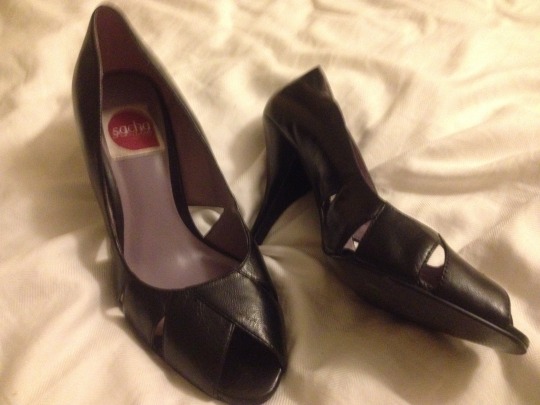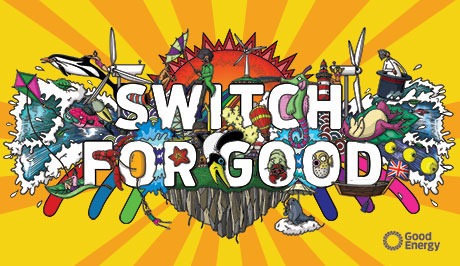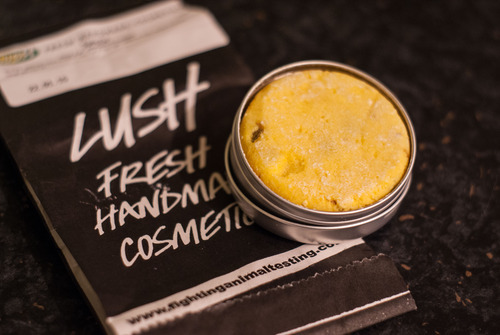In my final week of this month’s ‘change’ I wanted to explore how I could be more ethical with the things I own and discover whether I should be making more ethical choices with what I have.
This graphic from
Ethical Consumer pretty much sums up the problem with what we already have stuffed in our wardrobe. It’s pretty crazy that around 1.7 billion garments (30% of what we own) lie unworn at home and that new unworn clothes worth £30 billion hang in our wardrobe but we spend £44 billion every year on buying more. I was once told by a stylist that the average women wears 20% of her wardrobe 80% of the time. I wonder if you identify with that?

Reading these stats has definitely made me think about how and why I buy clothes. Check out the brilliant info-graphic below which illustrates a really great way to look at purchasing decisions, I’m sure I’ll be sticking this to my wardrobe!

Charity shops and swapping
In light of this, this week I set myself the challenge to give away surplus clothes and to see what I could find in my local charity shop. I set out on a shopping trip with my daughter, we are blessed to live near a lot of great quality charity shops. Within an hour we both had new dresses and I had a new top, it took a bit more rummaging but we are both pretty pleased with our new outfits, I have a little girl who’s very excited to wear her ‘big girl party dress’!
Secondly the clear out!
I generally try to clear out my wardrobe out every six months and I tend to have the rule that if I haven’t worn it in the last year it goes. Getting my colours done at True Colours has really helped me have much less in my wardrobe that I don’t wear because I know exactly which colours I should go for (check out the handy swatch they gave me). However there are still a few bits and pieces that if I’m honest I don’t wear/don’t suit me. Luckily my friend was hosting a clothes swap and so I was able to take my bag of clothes and have the satisfaction of seeing people take them away knowing they looked much better on them. I finally said goodbye to my favourite pair of shoes that I totally can’t walk in, someone else is now enjoying their gloriousness and you know what? It feels good!

In conclusion
This month has taught me to take more of an interest in where my clothes come from, to genuinely think about each piece’s history. I’ve been surprised at charity shop finds and experienced the cathartic joy of ridding myself of clothing waste. I’ve been challenged to look at how what I wear effects others and yes, I’ve given away my beautiful shoes – one step closer to ethical living!








